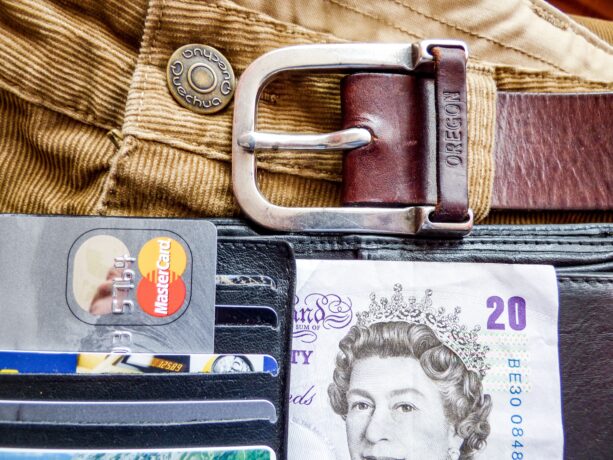
Bridge loans are an effective way to move from one investment to another. They are typically used to bridge the gap between one financial obligation and another and are popular among real estate investors and business owners. There are two types of bridge loans based on the buyer’s requirements: Open bridge loans This type of bridging finance is usually used by borrowers who have an unplanned financial situation. Bridge loans are suitable for such cases because they don’t have a set payment date. They offer more flexibility, ensuring that the buyer can avoid penalties, if any. However, they also come with higher interest rates. Closed bridge loans These are used when the borrowers have a short-term requirement for funding. For instance, they can be used to secure a deal that will quickly monetize. Closed bridge loans can also be used as an alternative funding source before the larger source of funding pays out and come at lower interest rates. However, they attract far severe penalties in case a borrower breaks the terms and conditions of the loan. 9 reasons to use bridge loans
- When a residential or commercial property is being funded from the proceeds of selling another property, it cannot be completed before or at the same time as the purchase. In such cases, short-term finances such as bridge loans can be used to fund the purchase of the new property and purchase and repay the bridge loan by selling the old property.
- Some property developers and landlords also use bridge loans as refurbishment finance. When a property is unsuitable for mortgage purposes due to its poor infrastructure, bridging finance can be used to restore it before renting it out.
- Although it is uncommon, bridge loans can also be used to refinance an ongoing bridge loan as well. Re-bridging helps in extending the loan term and releases more funds. However, it is expensive as it attracts higher interest rates.
- Bridge loans can also be used while bidding for a residential property at an auction. Such auctions usually require a 10% deposit while making a purchase. The rest of the payment needs to be arranged in the next 28 days. Bridging loans can be used in buying such properties as they can be set up quickly within the required time frame.
- Often times, a purchase is made quickly to secure the acquisition of an absolute bargain, and funds might not be available at that exact time. A bridge loan can be used to secure funds to purchase the property in such a case.
- A bridge loan can also be used to solve cash flow problems that can arise due to various reasons such as overdraft, late payment instances, and so on.
- Some borrowers also take up bridge loans when they are dealing with probate or inheritance issues such as paying taxes and bills. It can also be used against other beneficiaries.
- One can also use bridge loans to prevent repossession. It then enables the owner to retain control over the property so that they can sell it and avoid a forced sale situation.



